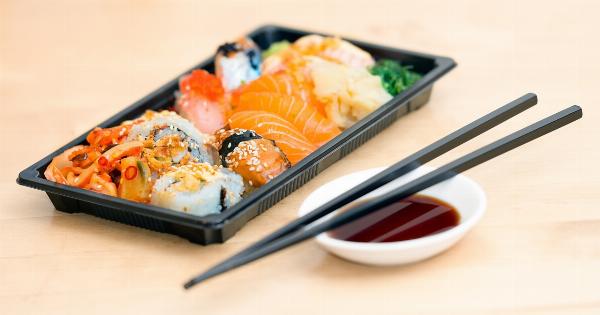Udon is a type of thick, chewy noodle that originated in Japan. It is a staple in Japanese cuisine and is loved by locals and tourists alike.
Udon noodles are made from wheat flour, water, and salt, and they have a smooth, slippery texture that sets them apart from other types of noodles.
A Brief History of Udon
The history of udon can be traced back to the 9th century in Japan, where it was introduced by Buddhist monks. Originally, udon was considered a specialty food and was only available in temples.
Over time, udon gained popularity and became more widely available throughout Japan.
The Art of Making Udon
Making udon noodles is a labor of love. Traditionally, the dough is made by hand and then rolled out and cut into thick strands. The noodles are then boiled until they are al dente, and they are served in a hot, flavorful broth.
The process of making udon has been passed down through generations, and many udon shops in Japan today still follow the traditional methods.
Udon Varieties
While the basic version of udon consists of plain noodles in broth, there are numerous variations of udon that cater to different tastes and preferences. Some popular variations include:.
- Kitsune Udon: Udon noodles served with sweet and savory fried tofu.
- Tanuki Udon: Udon noodles topped with crispy tempura batter.
- Nabeyaki Udon: Udon noodles served in a hot pot with various toppings such as mushrooms, vegetables, and tempura.
- Zaru Udon: Chilled udon noodles served with a soy-based dipping sauce.
- Kake Udon: Udon noodles served in a simple broth with green onions and tempura crumbs.
The Joy of Eating Udon
There is a certain satisfaction that comes from savoring a steaming bowl of udon. The combination of the chewy noodles, flavorful broth, and various toppings create a multi-dimensional taste experience.
The smooth texture of the udon noodles provides a pleasant contrast to the other ingredients, and the umami-rich broth adds depth and richness to each bite.
Health Benefits of Udon
Udon noodles are not only delicious but also offer several health benefits. As a wheat-based noodle, udon is a good source of carbohydrates and provides energy for the body.
The noodles also contain some dietary fiber, which aids in digestion and helps maintain bowel regularity.
Additionally, udon noodles are low in fat and cholesterol-free, making them a healthier alternative to other types of noodles. They are also a good source of iron and B vitamins, which are essential for supporting overall health and well-being.
Udon: A Versatile Dish
One of the great things about udon is its versatility. Not only can it be enjoyed in traditional Japanese dishes, but it can also be used in fusion recipes to create unique and delicious meals.
Udon noodles can be stir-fried with vegetables and protein, added to soups and stews, or even eaten cold as a salad.
Exploring Udon Culture
Udon has permeated Japanese culture in various forms. It is a popular street food in Japan, with many vendors specializing in udon dishes.
There are also udon festivals held across the country, where people can sample different types of udon and learn more about the history and art of udon-making.
Udon: A Global Favorite
Although udon originated in Japan, its popularity has spread far beyond its borders. Udon is now enjoyed by people all over the world, and many countries have their own adaptations of udon dishes.
From the United States to Thailand to South Korea, udon has become a beloved staple in many international cuisines.
The Future of Udon
As the popularity of Japanese cuisine continues to grow, so does the demand for udon. The future of udon looks bright, with more and more people discovering and falling in love with this simple yet satisfying dish.
Whether enjoyed in a traditional udon shop or recreated at home, udon is sure to remain a culinary favorite for years to come.



























